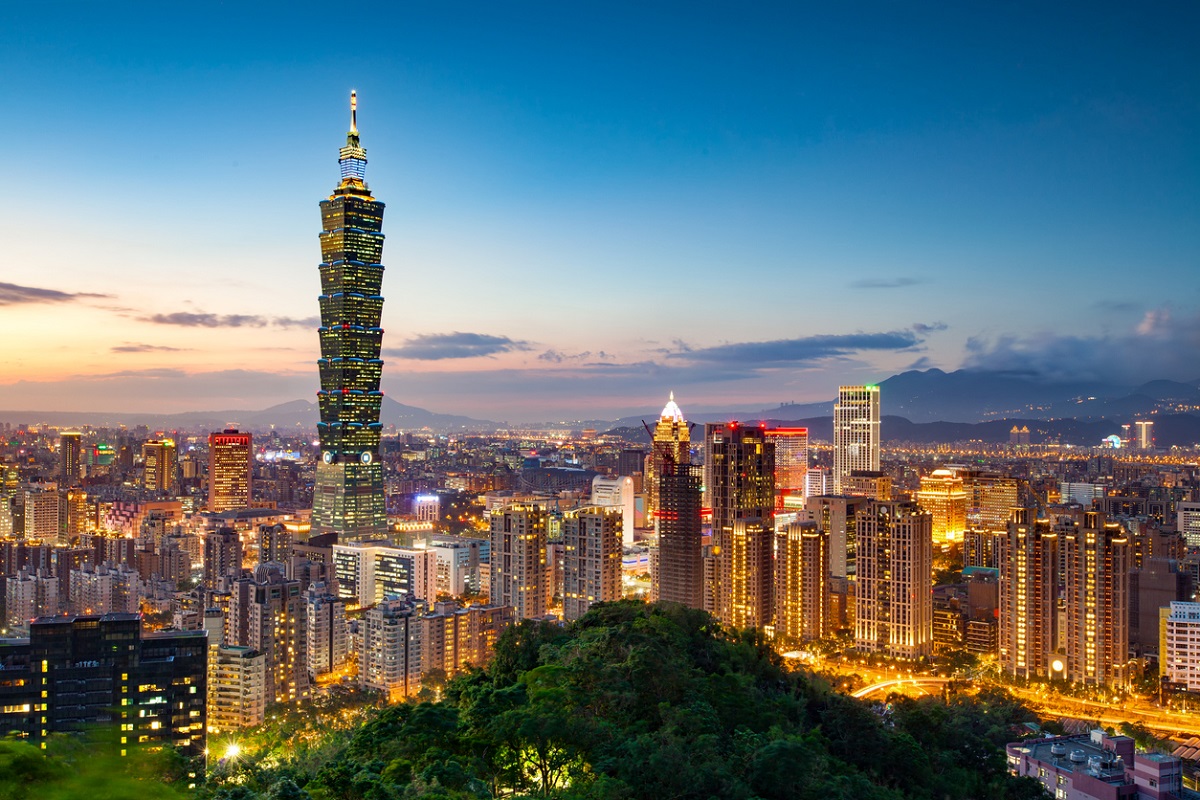In a boost to export of major organic products, India signs agreement with Taiwan
In a landmark achievement, India and Taiwan have implemented the Mutual Recognition Agreement (MRA) for organic products.
Lastly, the political polarisation in the country has moved beyond Taiwanese versus Mainlanders, or even the ruling Democratic Progressive Party versus the opposition Kuomintang, and it now involves personalised factions within each group and party.

View of the Taipei Skyline with Taipei 101 at night (Representational Image: iStock)
Many have argued that if only the Chinese were not threatening the island, Taiwan would be the textbook case of a wealthy, progressive, and diverse East Asian democracy. The country’s per capita income is about to exceed $30,000, making it a developed country as well as the world’s first “Chinese democracy”.
It is the first society in Asia to legalise gay marriage, and one of the first states in the world to appoint a transgender Cabinet member. Taiwan is, of course, the global leader in producing semiconductor chips that power everything from cars to smartphones and advanced military equipment. But as recent interventions by scholars have brought out, although it is under constant threat from Beijing,
Taiwan has four major domestic structural issues that urgently require solutions ~ population decline, parochialism, power generation, and political polarisation. On the population front, Taiwan is at the bottom of global rankings in terms of fertility rates, at 1.07 children per woman, which is far below the replacement rate for couples. Schools all over Taiwan are closing for lack of students and universities are bracing for a decline in the number of enrolments.
Advertisement
The country’s workforce is projected to decline to 8.6 million by 2065, less than half its total population. This will have a devastating impact on economic growth and put pressure on the strained pension and universal healthcare systems. Reversing a population decline through government policies to increase birth rates has proven near-impossible to achieve worldwide; the easier solution for a wealthy society like Taiwan would be to allow greater immigration.
At present, while foreigners are welcome in Taiwan, they are expected to leave once employment contracts end, and increasing immigration runs counter to Taiwan’s systemic parochialism. To illustrate the latter, just one example should suffice ~ language. Taiwanese companies (with an odd exception or two) operate totally in Chinese, schools teach mainly in Chinese, and the mass media is almost entirely in Chinese.
Despite policies in place to develop a global and cosmopolitan approach, the broader institutionalised ecosystem to bring this to fruition is absent. Taiwan is also the eighth highest carbon emitter on a per capita basis among all countries with a population of over 10 million. Coal, oil, and natural gas produce more than 80 per cent of the island’s power output. Its economy is heavily reliant on what made it rich in the first place: Petrochemicals, electronics including semiconductors, and IT products.
These industries are not only the main sources of energy consumption and carbon emissions but are also a massive drain on water supplies. As a result, experts warn, Taiwan’s stellar recent growth will experience a steady decline unless new, more highly valueadded, and more sustainable industries transform its economic model.
Lastly, the political polarisation in the country has moved beyond Taiwanese versus Mainlanders, or even the ruling Democratic Progressive Party versus the opposition Kuomintang, and it now involves personalised factions within each group and party. All of them, in turn, calculate the electoral advantages/disadvantages associated with every policy option, making consensus based on rational, disinterested analysis elusive.
Advertisement